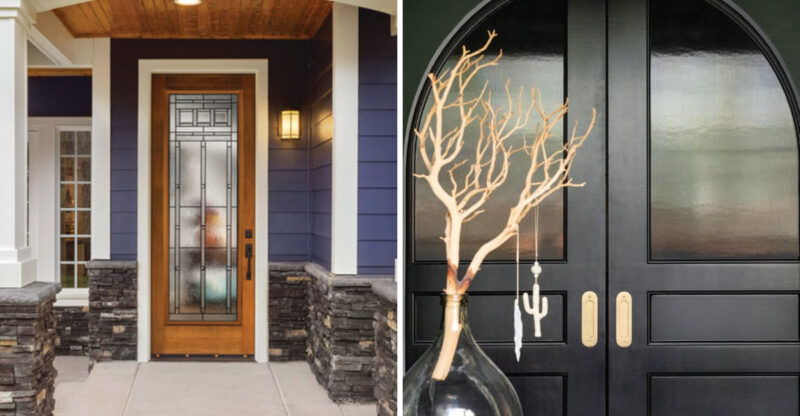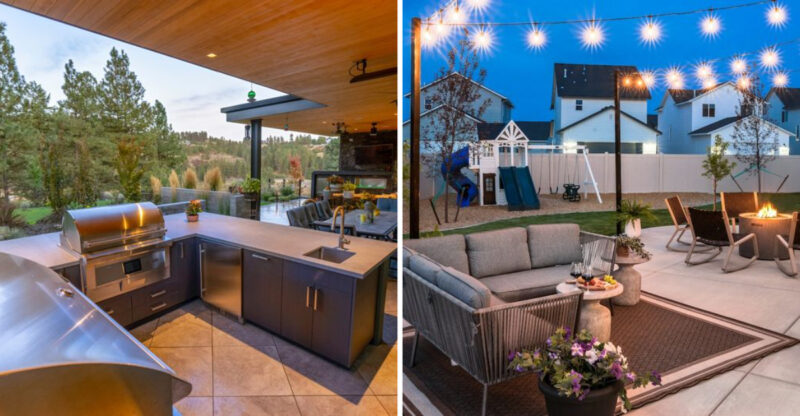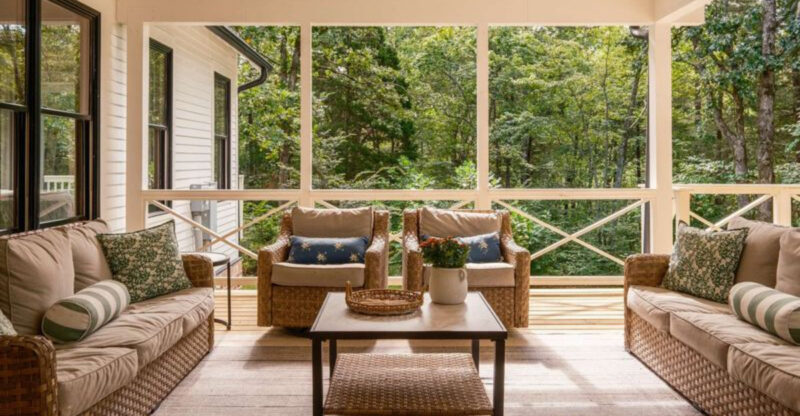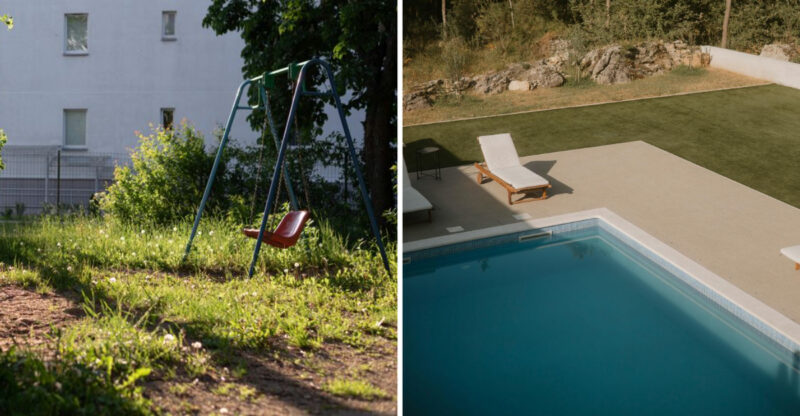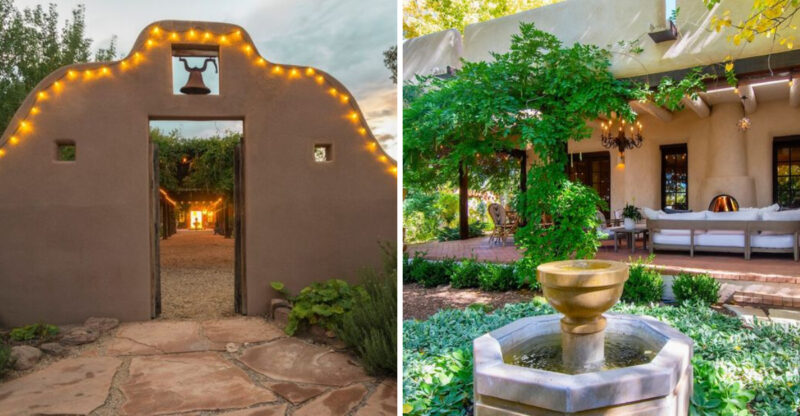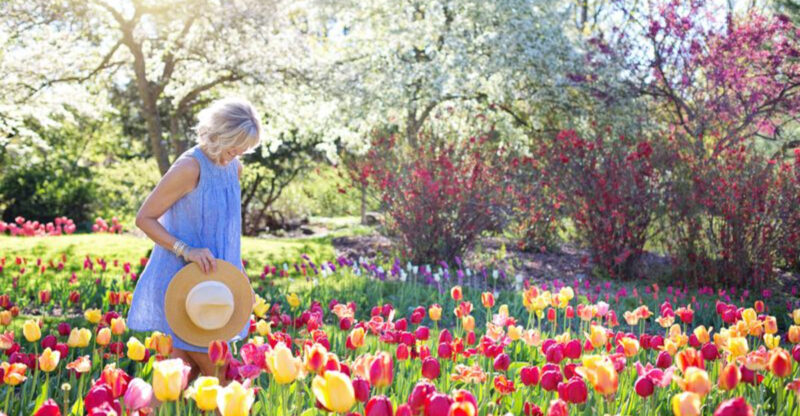6 Garden Upgrades That Could Cleverly Alter Perception
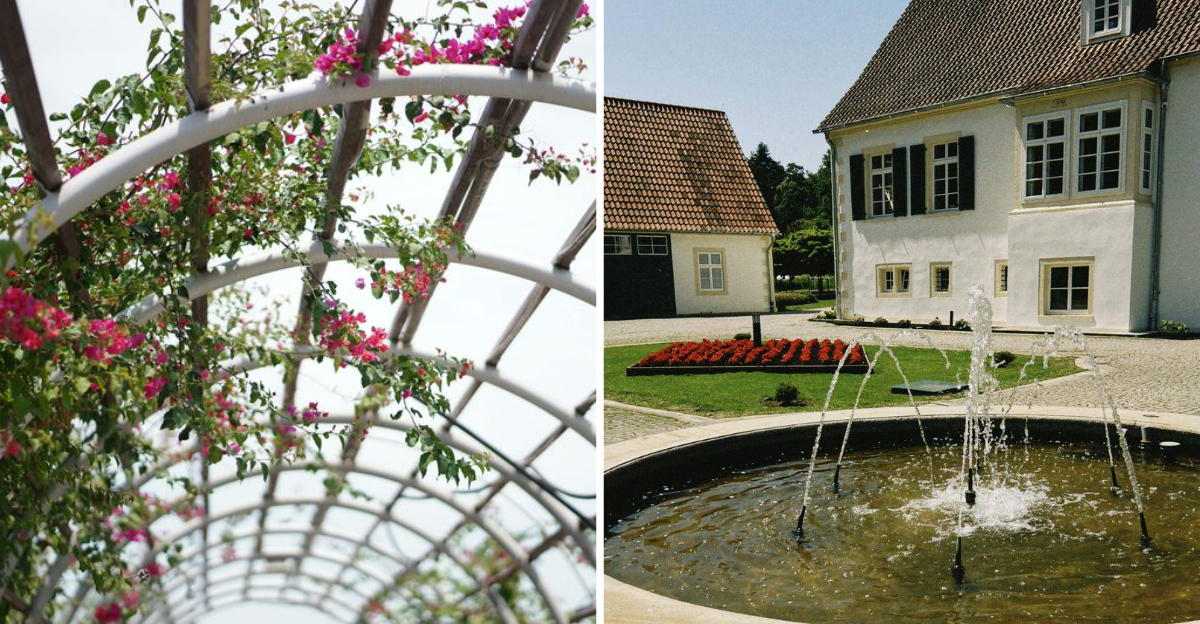
Want your garden to feel larger, more dynamic, or entirely transformed? Clever design techniques can reshape how people perceive your outdoor space without actually increasing its size.
Using thoughtful plant placement, materials, and visual tricks, you can create depth, movement, and intrigue. The results may vary depending on your garden’s layout and existing features, but these eight ideas can help make even a modest yard feel expansive and enchanting.
1. Curved Pathways Extend the Journey
When I replaced my straight garden path with a gently winding one, visitors suddenly commented on how much larger my yard seemed. Curved pathways perform a clever visual trick they hide what’s ahead, creating mystery and anticipation that straight paths simply can’t match.
The human brain perceives curved routes as longer journeys, even when the actual distance remains the same. As people follow the bends, they experience the garden in a series of reveals rather than seeing everything at once.
For best results, use materials that complement your garden style flagstones for cottage gardens, smooth pavers for modern spaces. Position interesting focal points at key curves to reward exploration and further enhance the sense of discovery.
2. Vertical Planters Maximize Limited Space
Did you know that drawing the eye upward is one of the oldest tricks in the design book? Vertical planters transform blank walls and fences into living tapestries of color and texture. This instantly redirects attention from the ground plane to the vertical dimension, making small gardens feel more spacious.
Wall-mounted planters, hanging baskets, and living walls all contribute to this effect. The cascading greenery creates depth and interest while preserving precious floor space for other garden elements.
If you’re working with a tiny yard, try installing a series of vertical planters at staggered heights. This creates a visual rhythm that’s both pleasing to the eye and effective at making narrow spaces feel wider and more dynamic.
3. Colorful Flower Borders Change Spatial Perception
Hot colors like red, orange, and bright yellow seem to advance toward the viewer, while cool blues and purples appear to recede into the distance. I’ve used this fascinating optical phenomenon to completely transform how my garden feels! By planting cool-colored flowers at the far end of my yard, the space instantly feels deeper and more expansive.
This color trick works because our brains interpret color temperature as distance cues. Warm colors grab immediate attention while cool tones create a sense of depth.
Try creating borders with graduated color schemes bright yellows near the house transitioning to deep purples at the garden’s edge. The visual journey through this color progression makes the garden seem longer, playing a delightful trick on everyone who visits your transformed outdoor space.
4. Strategic Lighting Creates New Dimensions
As twilight falls, strategic garden lighting completely transforms spatial perception. Uplighting tall plants creates dramatic shadows that extend far beyond the actual plant size, instantly expanding the garden’s vertical dimension. Meanwhile, pathway lights draw the eye forward, emphasizing the journey through your outdoor space.
Soft illumination in distant garden areas creates intriguing focal points that suggest the garden continues beyond what’s immediately visible. This layered lighting approach tricks the brain into perceiving greater depth and mystery.
Moonlighting placing lights high in trees to cast dappled shadows below mimics natural moonlight and creates an enchanted forest feel even in small spaces. For a truly magical effect, combine different lighting techniques to create a nighttime garden that feels twice as large as its daytime counterpart.
5. Water Features Add Depth Through Reflection
Water brings a magical dimension to gardens through its reflective properties. Even a small pond or container water feature instantly doubles visual space by mirroring the sky, surrounding plants, and garden structures. This reflection creates an illusion of depth that extends far beyond the actual dimensions of your garden.
The movement of water also draws and holds attention, making visitors pause longer in that area. This perceived slowing of time contributes to a feeling of spaciousness as people experience the garden more fully.
For maximum impact, position water features where they’ll reflect something beautiful perhaps flowering trees or an ornamental structure. Even in tiny gardens, a simple dark-bottomed container filled with water creates a reflective surface that adds remarkable depth to the surrounding space.
6. Trellises with Climbing Plants Form Living Walls
Trellises transform garden boundaries from barriers into beautiful, living features. When covered with climbing plants, these vertical structures create the perfect balance between enclosure and openness defining spaces without blocking views completely.
The partially obscured views through vine-covered trellises create what designers call “filtered prospects.” This visual technique makes observers curious about what lies beyond, effectively extending the perceived garden space through suggestion rather than actual square footage.
For small gardens, try using trellises to create distinct “rooms” with different themes or plant collections. This division of space slows the garden experience as visitors discover each area separately, making the overall garden feel more substantial. The height of climbing plants also draws the eye upward, adding another dimension to your garden’s perceived size.

